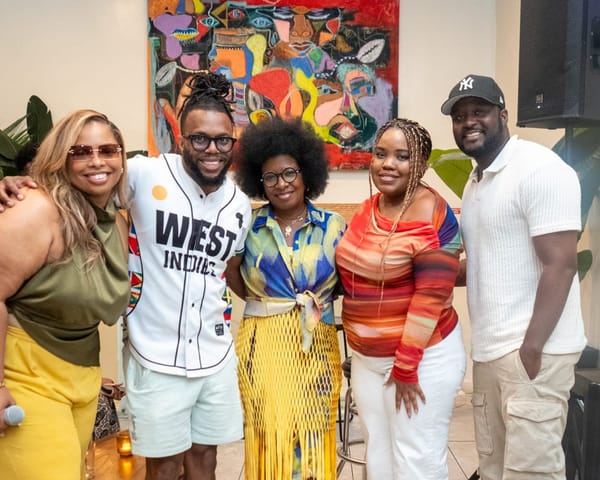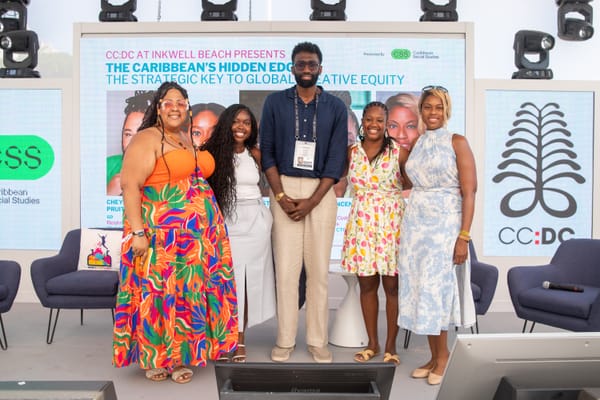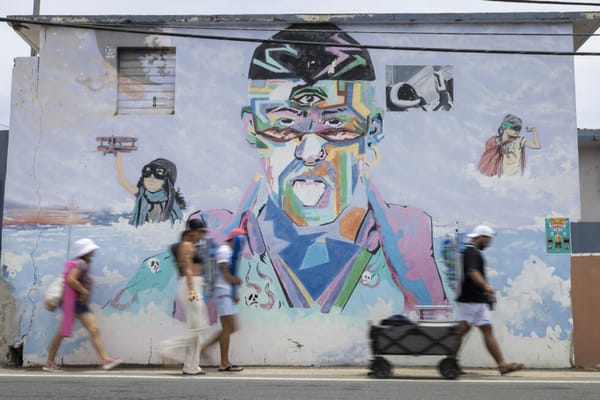Innovation from the Margins: How the Caribbean’s Constraints Are Its Superpower

For centuries, the Caribbean has embodied a paradox: rich in cultural output yet constrained by structural limitations. From small islands have come global movements in music, language, fashion, and food, often built without institutional support or robust infrastructure. Creativity in the Caribbean has never been a luxury. It has been a necessity.
Consider Bob Marley, whose music became a global symbol of resistance and spirituality, or Rihanna, whose influence in fashion, beauty, and music has redefined global pop culture. In literature, Derek Walcott brought the rhythms of St. Lucia to the world stage, earning a Nobel Prize. In culinary innovation, chefs like Levi Roots have translated Caribbean flavors into international brands. In language, Louise Bennett-Coverley preserved and elevated Jamaican patois through poetry and performance.
These are not outliers. They are proof points of a region whose creative excellence consistently outpaces the systems built to contain it.
Yet beyond the global stars lies an equally powerful truth. The Caribbean has also been a birthplace of ideas, models, and innovations born precisely because of the region’s limitations. When resources are scarce, systems are broken, or access is uneven, Caribbean ingenuity steps in. Below are four examples of innovation forged through necessity that demonstrate why the region is a training ground for the world’s best creative and strategic thinkers.
1. St. Kitts and Nevis' Citizenship by Investment Program: A Policy Export
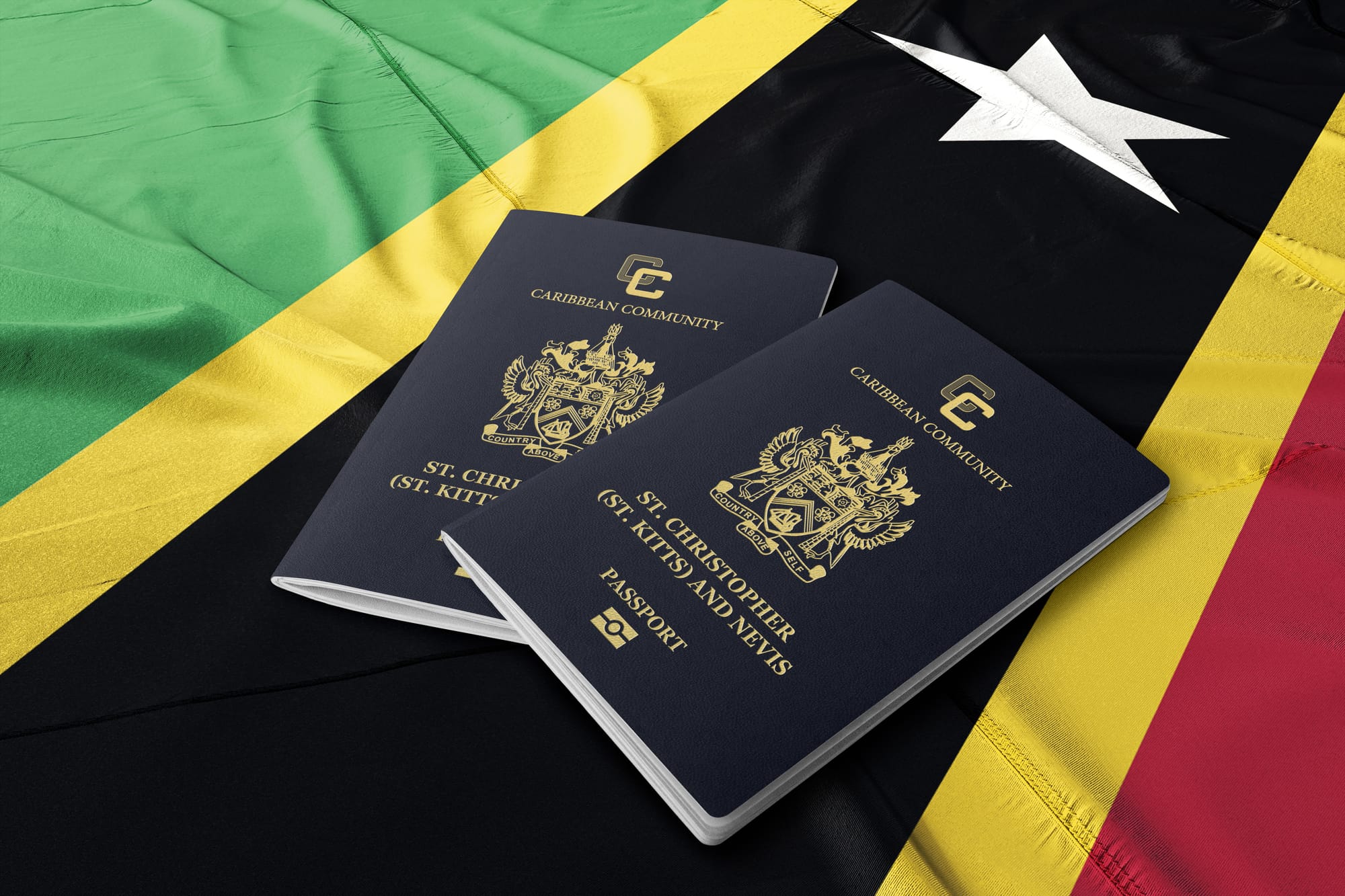
In the early 1980s, St. Kitts and Nevis, the smallest independent nation in the Western Hemisphere, faced a future marked by limited foreign investment and scarce natural resources. Rather than waiting for aid, it pioneered a novel solution: the Citizenship by Investment Program (CIP).
By offering citizenship in exchange for strategic investments, the country created a new form of economic leverage. The program generated significant national revenue, helping build infrastructure and stabilize the economy. It also became a model for countries around the world, from Malta to Turkey, proving that small states could set the terms of engagement in global finance.
This idea wasn’t born in a vacuum. It was a response to geographic, economic, and geopolitical constraints. A precise example of how the Caribbean turns necessity into innovation.
2. Dancehall Culture and DIY Music Distribution: A Media Blueprint
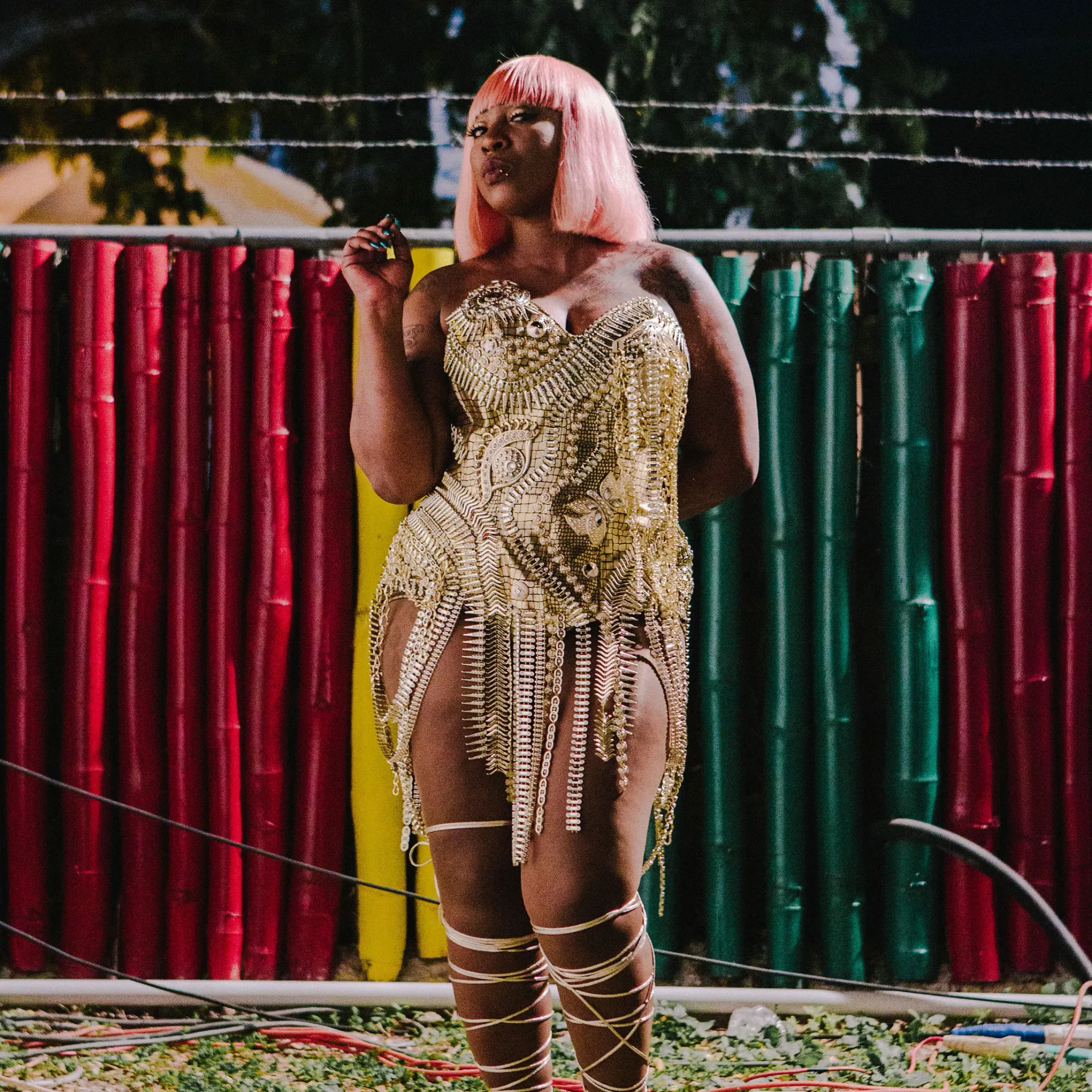
In the late 1970s and 1980s, access to traditional music distribution channels was limited for many Jamaican artists. Major record labels and mainstream radio often overlooked the genre. In response, local creatives developed an entirely independent media economy. Sound systems, toasting, street tapes, and later digital files allowed for the viral spread of dancehall on their own terms.
The infrastructure was self-built, community-owned, and hyper-efficient. And it worked. Dancehall not only flourished globally but also laid the groundwork for the aesthetics and strategies of modern mixtape culture, digital virality, and street marketing. What is now standard practice in music marketing was innovated from backyards, barbershops, and street corners across Kingston.
A model of distribution that emerged from constraint and now informs global creative economies.
3. Haiti’s Recycled Art Economy: Sustainability as Survival
In the face of chronic poverty, natural disasters, and limited state support, Haitian artists have long embraced recycled and found materials as their canvas. From discarded oil drums transformed into intricate sculptures, to vibrant mosaics made from broken glass and debris, this creative economy is not just about aesthetics. It is about survival.
What began as a necessity has since evolved into a celebrated art form, exhibited in galleries worldwide and supported by organizations like the Centre d’Art and the Grand Rue Artists Collective. Haitian art is now globally recognized not just for its beauty, but for the intelligence, sustainability, and cultural storytelling it represents.
This model, creating value from waste and storytelling from trauma, is increasingly relevant in a world facing climate and social crises. And it was born not in abundance, but under constraint.
4. The Steel Pan: Innovation Through Sound and Resistance

Invented in Trinidad and Tobago in the 1930s and 1940s, the steel pan is the only acoustic instrument invented in the 20th century. It emerged from a period of colonial repression, when African drums were banned by the British authorities. In response, communities began experimenting with discarded oil drums and other metal containers, eventually refining them into tunable instruments capable of melodic expression.
What started as a workaround quickly became a revolutionary art form. The steel pan is now recognized worldwide, performed in symphonies, taught in universities, and celebrated in international competitions. It is a powerful example of turning marginalization into mastery.
Through trial, error, and community-based innovation, Trinidadians created an entirely new musical language. The steel pan embodies precision, perseverance, and cultural pride, all born from social constraint.
The Caribbean as a Global Training Ground
These examples, spanning policy, media, art, and invention, are not isolated triumphs. They reflect a larger truth: constraint breeds clarity, resilience sharpens creativity, and scarcity accelerates strategy.
In the Caribbean, innovation is not imported. It is homegrown. It emerges from conditions that force boldness, collaboration, and reinvention. This makes the region more than a source of cultural exports. It makes it a proving ground for the next generation of global thinkers.
As we enter an era defined by complexity, disruption, and technological transformation, the world would do well to learn from the Caribbean.
And if AI is the next wave of global change, then the Caribbean is already prepared. Because here, innovation from the margins is not new. It is tradition.

